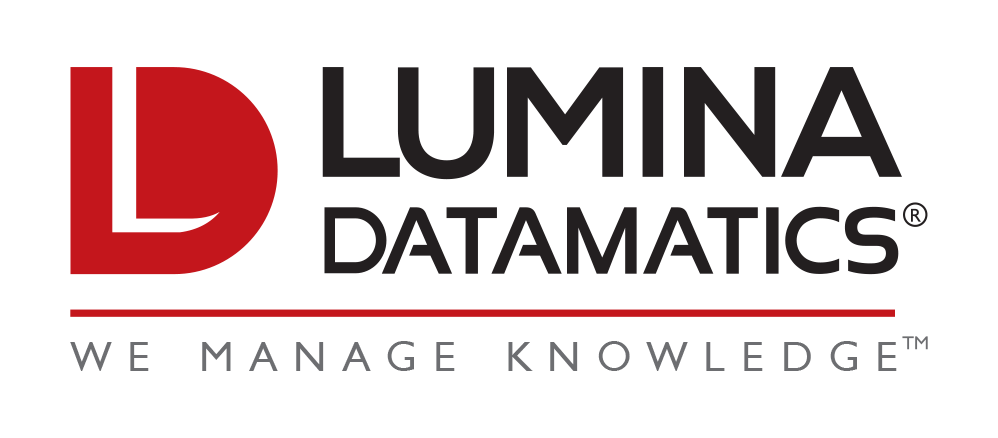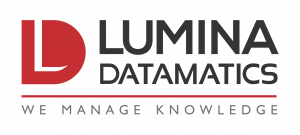Meetings…. Amirite??[1] I’m definitely not a fan of overloaded days when I’m maxed out and can’t get anything else done. I’ve been guilty of complaining (sometimes loudly) to my colleagues on that topic!
But unpopular opinion: I might be coming back around on meetings, as long as we’re talking about the right type of meetings. And today, I want to talk about a specific type – the creative meeting.
This topic came to mind after returning from a wonderful week off at the beach with my family. My meeting schedule seems to ebb and flow with varying levels of predictability, and that week I was delighted to look ahead and see a week of few meetings! I could breathe, put my head down, and catch up.
But by Wednesday, things felt off. I wasn’t finding the drive or energy I needed for some of the bigger items on my list. So, what was missing? Well, to paraphrase my dear friend and colleague, Abby Perrine (who herself was paraphrasing a well-known idiom), nature abhors a vacuum… and so do creative people.
I was working in a vacuum! I was supposed to be thriving in a productive, uninterrupted week, but I was really missing collaboration. I realized this after a meeting I had that Thursday afternoon (one I was initially dreading because it interrupted my otherwise meeting-free day).
We followed most of Melissa Sacco’s tips to host a productive meeting and accomplished our goals. But one of our colleagues had come prepared with what seemed to be an endless stream of great ideas. I found her energy to be infectious. As she shared, it made me think of other ideas, and soon we were going in an entirely new (and better) direction.
I stepped away from that meeting feeling surprisingly light and happy (even though I left with more “to do” items than I started with). I suddenly found myself focused and productive for the rest of the afternoon. My colleague’s creativity, it seems, had carried over to me, and I had rediscovered my own energy and drive.
Meetings like this are extremely helpful for the creative process. So I wanted to share the following tips to help keep your meetings creative, refreshing, and engaging (without being overwhelming).
Find Your (Daily or Weekly) Optimal Meeting Capacity (and Be Realistic)
I’ve seen some recommendations to schedule no more than 2 meetings per day. While that sounds great, it may not necessarily be realistic. If your goal is unrealistic, you won’t meet it, which will leave you feeling like you’ve failed before the meeting even begins. So then, what is the best number of meetings to fill your day? The (always infuriating) answer is: it depends! Here are some things to consider to find your own balance:
- How much prep time does each meeting require?
- How vital are your contributions (or, how much mental energy will the meeting use)?
- Are you working from home or in an office? Working at home, without any connection aside from online chats and email, can cause your creativity to stagnate (meaning you may want to schedule more time with colleagues). Working in an office, with unplanned coffee breaks and conversations, can foster creativity (while also leaving you with less time—and need—for planned meetings).
- How much time do you need to accomplish what’s on your plate? That will vary from day to day, so be mindful of your schedule and commitments and plan ahead for weeks with intense deadlines.[2] If your mind is focused on something else, you won’t gain the full benefit of the meeting.
Timing Matters
There is research on optimal meeting times for a traditional 9–5 schedule. There’s also research on the most productive time of day, but I find that it varies for individuals. If you know you’re useless in the morning, resist the urge to give a presentation then. If your kids get off the bus at 3:15, don’t schedule an intense discussion for 3:00 when you’ll be interrupted and distracted.
I’ll talk more about inclusivity in a moment, but running an inclusive meeting begins with the scheduling. Are you considering all time zones for all participants? Colleagues in another country shouldn’t be expected to bring high energy and creativity at 10pm on a Friday (their time). Be mindful of regional holidays from the parts of the world where your team members live, and respect that different religions celebrate holidays on different days (which may fall on your scheduled business days).
Getting Ready
Preparing for a creative meeting takes extra effort. In addition to reviewing the agenda, preparing your notes, and pulling your resources together, do some extra research. Try a creative exercise or game to see what results you can achieve ahead of time so you’re bringing your best to your time with the team.
Bring the Right Players to the Game
My favorite type of collaborators are “yes, and” people (and I know I’m not alone there!) These are the individuals who see your point and augment it with perspectives or ideas you hadn’t considered. Diverse minds bring the best ideas, so invite team members with varying perspectives, backgrounds, thought processes, and interests. Balance your “yes, and” squad with people who challenge you (not simply to be a negative presence, but to help improve outcomes).
Make it Inclusive. Period.
An inclusive work culture is not just about diversity, it’s about ensuring that all are welcome, encouraged, included, and respected. Give voice to those who don’t often participate in meetings. Avoid talking over others[3]. If you have a team member who’s uncomfortable speaking in front of crowds, let them know ahead of time that you’re expecting them to contribute so they can mentally prepare.
Foster a respectful, collaborative tone. Do the work to create psychological safety inside and outside of meetings. You’ll find this encourages more willing and enthusiastic participation, and better results.
Meeting Time!
If you can, turn off your email, chat, and silence your cell phone. Take notes in whatever way helps you process the meeting and stay present. If you’re tempted to multitask, turn on your camera! This always helps me stay focused.
If you’re physically present in a meeting room (wait, what?), take advantage of the physical space. Write down ideas on a whiteboard and invite others to contribute. During brainstorming, give participants sticky notes to write on and place in strategic areas around the room.
If a physical meeting isn’t possible, or if some members are virtual, use a shared document or drawing tool/app. Sharing the document (and populating it) ahead of time can encourage quieter team members to share their ideas, even if they aren’t ready to voice them in front of a crowd.
When It’s Over
Hopefully by the end, you and your team will walk away feeling inspired, energized, and prepared to tackle what’s next. But don’t just assume it went well—actively solicit feedback to see how you can encourage better creativity and participation in the future. There’s no one-size-fits all model, and you will likely need to adjust for your team’s needs.
So where will I go from here? I don’t want to sit fully isolated in my remote desk vacuum every day. But I also don’t want to overload my calendar with unnecessary time commitments. My goal is to be mindful, impactful, engaged, collaborative, and creative. And hopefully, following these tips will help with that!
What was your most creative meeting experience? What factors contributed to its success? We want to hear from you! Email the Lumina team to share, or visit our website to learn more about Lumina Datamatics.
ENDNOTES:
[1] Insert your favorite eyeroll emoji or gif here.
[2] One day earlier this week I attended 5 meetings plus an impromptu phone call. That was too much for one day! It prevented me – and the irony isn’t lost on me – from writing this blog post.
[3] This is a big flaw of mine, especially when I get excited about an idea! But I’m working on it.





0 Comments